This post is also available in: polski
A Synagogue in Tykocin – unbelievable rescue
The fact that the Synagogue in Tykocin withstood the World War Two should be perceived as a miracle. Almost complete annihilation of the Jewish community was inseparably connected with the destruction of material and cultural heritage of many generations. Almost everything vanished. From tableware to houses, from the Torah scrolls to the Yiddish language, from everyday customs to the craftsmanship of Jewish craftsmen. There are some towns in Podlasie where the only traces of Jews are forgotten, single matzevas scattered somewhere in the field. Everything was lost … but not in Tykocin. The uniqueness of this place can be seen in the full buses driving to the synagogue parking lot. Thousands of young Israelis go on a trip to Poland every year… Tykocin is one of the places they visit. So if you are in Podlasie and your ambition is to see what is unique in our country, you have to visit one of the best preserved synagogues in Europe in the 17th century. In 2016-2018 the building underwent a comprehensive renovation and its furnishings and collection of Judaica impress even the most eminent experts on the subject.
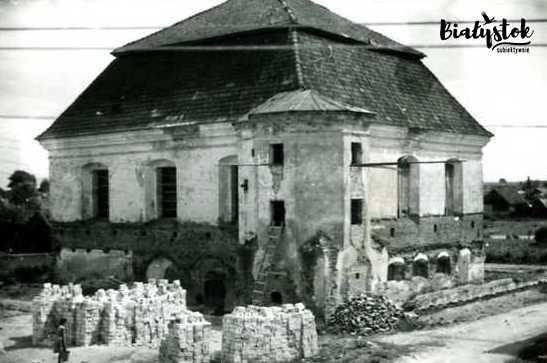
Tykocin’s kahał (kehilla – commune) – the history of rise and fal
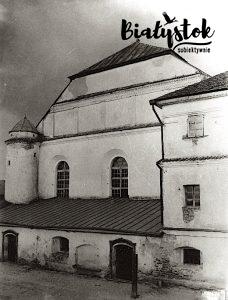
Would an ordinary, small and insignificant Jewish community like many in the Polish-Lithuanian Commonwealth be able to build such a magnificent synagogue? The Tykocin synagogue was established in 1642 – in place of the older, wooden synagogue, a brick one grew up, modelled on the defensive synagogue in Pińsk. Both the size and the building structure indicated the rank of its founders. By comparison, in Zabłudowo, Suchowola and many other places wooden synagogues were built, which by nature used to be less durable and much cheaper due to the availability of building materials. In Tykocin a colossus was developing, taking into consideration it is the 17th century. The main hall, the men’s hall – on a plan similar to a square amounts up to 18×18 meters, to it two extensive women’s rooms or rooms for women and children, and the hallway – vestibule were glued, which performed the most varied functions. During the holidays, the Tykocin synagogue gathered about 1000 praying people. On a weekday, it was also vibrant with life: it was the seat of the commune (kehilla), religious schools: cheder and yeshiva, and finally, in the corner tower a prison room was set up…. In other words, for 300 years there was a religious center in Tykocin and in practice also an administrative and school center.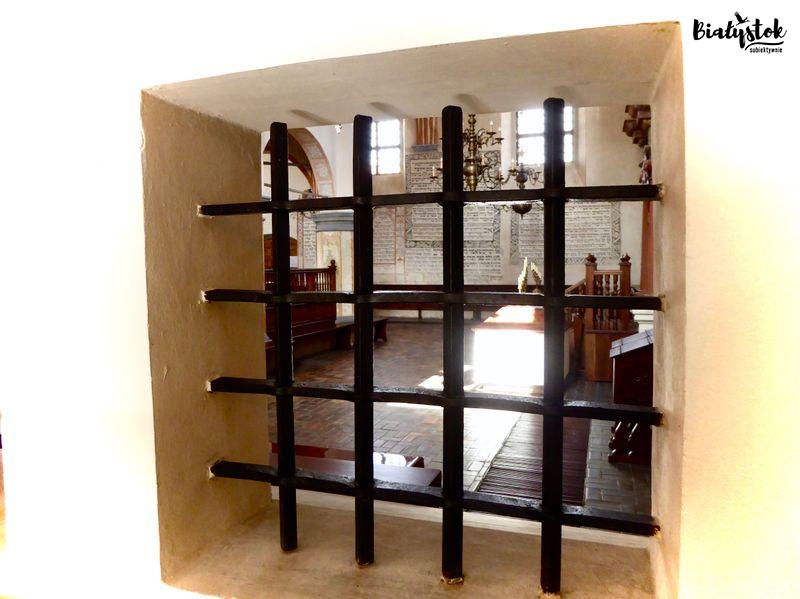
View from women’s part on the men’s hall. fot. Białystok subiektywnie
From zero to … an international shopping center
- In 1522, Olbracht Gasztołd (Grand Chancellor and Voivode of Trotsky) issued a privilege at the castle in Grodno, to put it simply: he invites Grodno Jews to his town – Tykocin. Ten Jewish families come to the separated area called Kaczorowo (then unattractive because it was wet). After 50 years, out of 394 families living in Tykocin, 59 are old religious families (15%). In 1771, out of 2600 inhabitants of the town, as many as 1376 people practice Judaism (48%).
- A few years after the settlement in Tykocin, the Jews are given further privileges which will be later extended by King Stefan Batory and confirmed by Sigismund III Vasa, Władysław IV and Jan Kazimierz. In addition to the exclusion of the Israelites from the jurisdiction of municipal courts, they were allowed to trade in all (!) royal towns and villages and private centers belonging to the clergy and nobility. Obviously other centers were very jealous of Tykocin Jews! Those, on the other hand, took their historical chance the best they could….
- Today Tykocin is a small town located far from the main routes and centers. In the times of the First Republic of Poland it was a kind of the hub of the universe – not without a reason Sigismund Augustus built here the largest fortress in ethnically Polish lands. In the shadow of great politics and wars the painstaking work of Tykocin Jews continued. Tykocin’s location at the junction of trade routes connecting the lands of the Grand Duchy of Lithuania and Rus with Gdańsk and Western markets gave almost unlimited trade opportunities. Countless tons of wood and other goods began to flow along the Narew River…
Bankers, craftsmen, tenants
- Tykocin Jews traded on a local and international scale. They had regular trade contacts with Gdańsk, Królewiec, Wrocław, but not only.
In 1537 a Tykocin merchants’ agent from Mogilev bought tallow and took it back to Warsaw. Ilja Mosieyewich Doktorovich made transactions with Nuremberg merchants in 1541. Aron Bosko traded with Vilnius, Kaunas, Poznań and Lublin. By then the Jews from Tykocin had reached for an extremely profitable occupation (…), which were various types of lease, customs duties and income of the princely and royal treasury. ( A. Lechowski, E. Wroczyńska, M. Pisarska-Kalisty, Great Synagogue in Tykocin, Białystok 2017, p.36)
- Not only does the extremely operative community of the Tykocin Israelites trade and lease, rent property and toll, but it also dominates in crafts and conducts extremely profitable loan and money transactions. The authors of the above mentioned publication write that Jan Klemens Branicki assigned to the Tykocin kehilla the management of those branches on which the heir usually had the monopoly, i.e. brewing and taverns serving beer and spirits, butchery, tanning, meat trade, running inns and managing landed property!
- Another sign of trust in the honesty of Tykocin Jews was the fact that they were entrusted with testamentary sums and property records to the benefit of churches – with the obligation to pay an annual commission. In other words, the community was a bank.
Respected in the whole Republic of Poland
- The role of the community increased along with its wealth – the kehilla soon became the second most important in the Republic of Poland. The first and foremost role was played, of course, by the Jews from Kazimierz in Cracow. At the Sejm [parliament] of the Crown Jews right next to them, on the right hand the Israelites from Tykocin used to sit.
- Tykocin was also an important center of Talmudic culture and science. Many famous rabbis and Torah experts lived here. The daughter of one of them – Mordechai Tiktiner – Rywka (Rebekah) Tiktiner (ca. 1550-1605) went down in history as the first Jewish poet and writer, Talmudist. She wrote both in Hebrew and Yiddish.
- The development of the community lasted until the fall of the First Republic of Poland. After the change of borders, trade routes and authorities – Tykocin Jews lost their privileges and opportunities to earn a lucrative income. The town was getting poorer year by year. Eventually, Tykocin was pushed to the role of a provincial shtetl after it had been omitted by the railway line and Białystok became one of the most important centers of textile industry. The definite end of the world of Tykocin Jews came in August 1941. Bestially murdered by the Germans – almost all of them – about 2,100 people. They were buried in mass graves in the forest near the village of Łopuchowo, where they are still buried today. Only 150 people survived the massacre; by the end of the war 21 people survived.
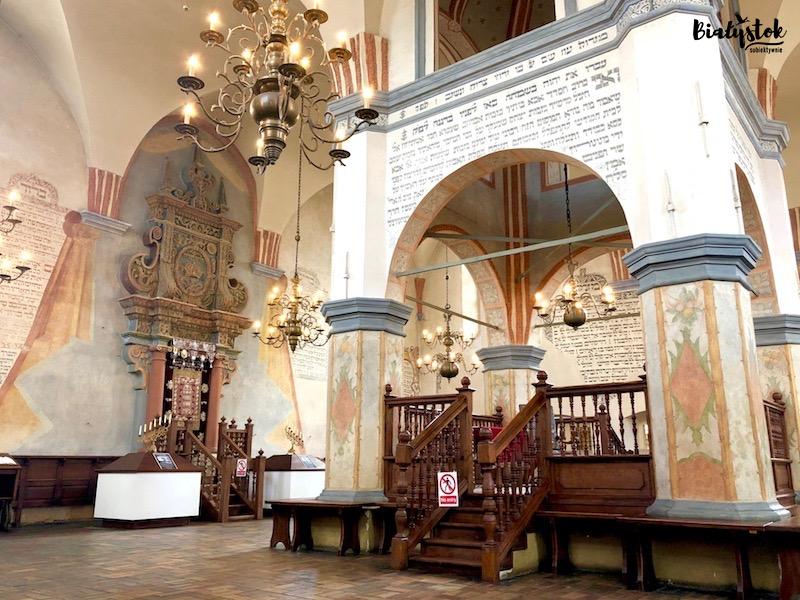
Tykocin Synagogue – interior – mini guide
- We enter the main hall of the synagogue from the steps down, which is supposed to remind the words from the Torah: “Out of the depths I cry to You, Lord”. However, this is not literally about descending, but about a certain attitude in life: modesty and humility towards God, people, the world and whatever life brings.
- The main hall is square-planned; the most important wall, the eastern one, which faces Jerusalem, is not built from the outside as provided by the regulations. On this wall exactly the Aron ha-kodesh, the altar cabinet is located, in which the greatest holiness of the synagogue i.e. the Torah scrolls are kept.
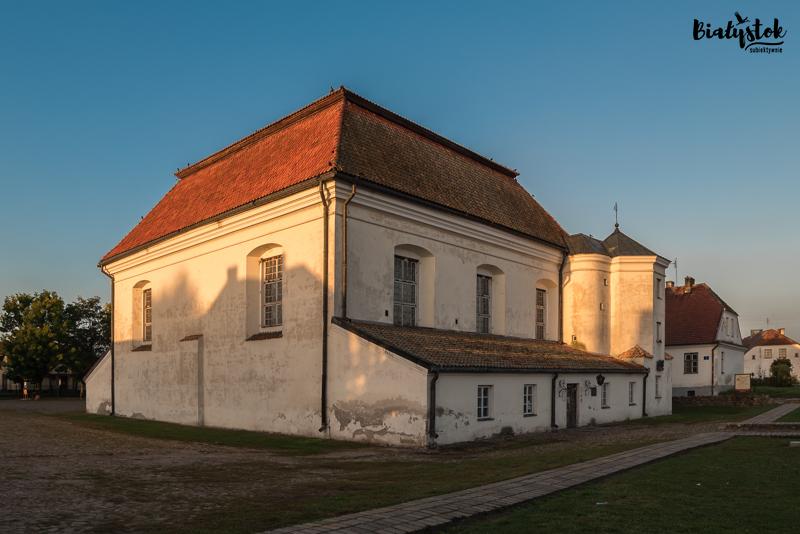
Bimah – a lectern
- The Tykocin synagogue is a nine-field building – raise your heads up – it is about the vault – the central field is supported by four solid columns which at the same time make a bimah.
- The bimah is the equivalent of a pulpit/rostrum/platform/podium, placed in the middle so that all those present can hear the prayers. The seamless combination of vaulting and bimah is a symbolic covenant between heaven and earth. The bimah was used for circumcision, but also for reading the earthly announcements and … the words of curses.
- You must not miss the deep symbolism of the vault of the Tykocin bimah vault. It seems to be the sky with stars, and yet in eight fields there is a certain number of stars:
“The eight parts of this seemingly dome are a sign of the very perfection of the Lord’s words to Abraham: “And he that is eight days old shall be circumcised among you, every man child in your generations”. There are stars in heaven which are attributed with divine ideas. In the three fields of the vault there are 13 of them – as many as there are months in the leap year of the Jewish calendar. In the thirteenth year of life of every man, here at the bimah, a bar-mitzvah was held – a solemn confirmation. In four fields we will count 11 stars each. In this number there is a warning against transgression of divine rights. (…) A. Lechowski, E. Wroczyńska, M. Pisarska-Kalisty, The Great Synagogue in Tykocin, Białystok 2017, p.20)
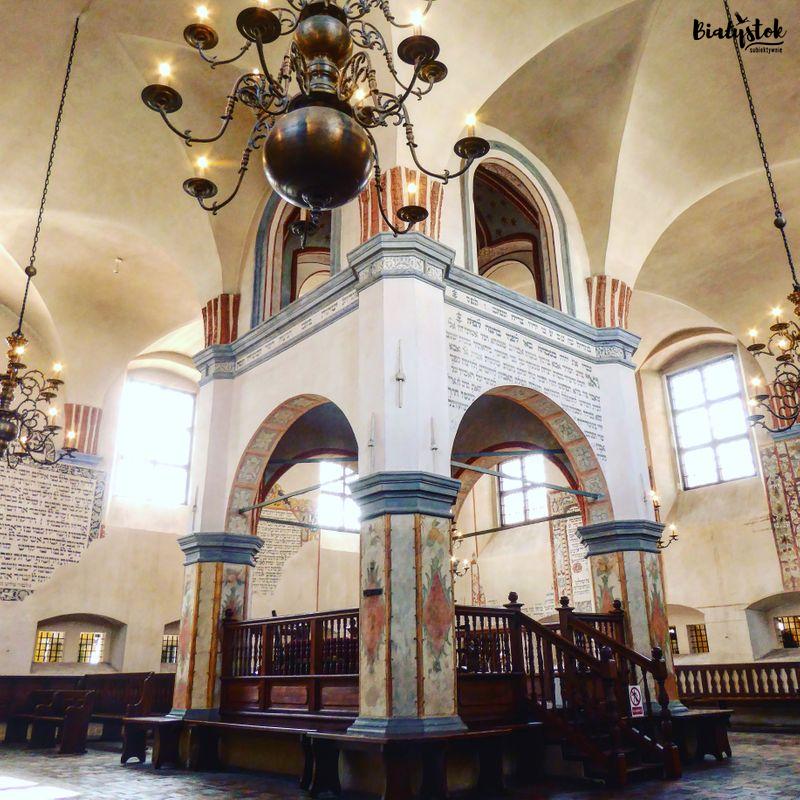
Aron ha-kodesh – sacred ark, altar cabinet
The place where the Torah, the most sacred object of worship, is stored is very decorative in the Tykocin synagogue. An unknown artist forged many symbols here – a crown, a jug and a plate, columns and rich plant ornamentation. The whole is bound by a curtain painted on the walls – widely spread in the gesture of an invitation to pray.
The recess is covered with a burgundy curtain called parochet which is embroidered with golden threads. Underneath, there are openwork oak doors. The stairs lead to Aron. On their two sides there are platforms on which huge, silver Hanukkahs stood before the holocaust. These unique, nine-armed candlesticks were stolen by the Nazis – they were irretrievably lost. Today, the museum runs a voluntary fundraising aimed at purchasing replicas of these candlesticks.
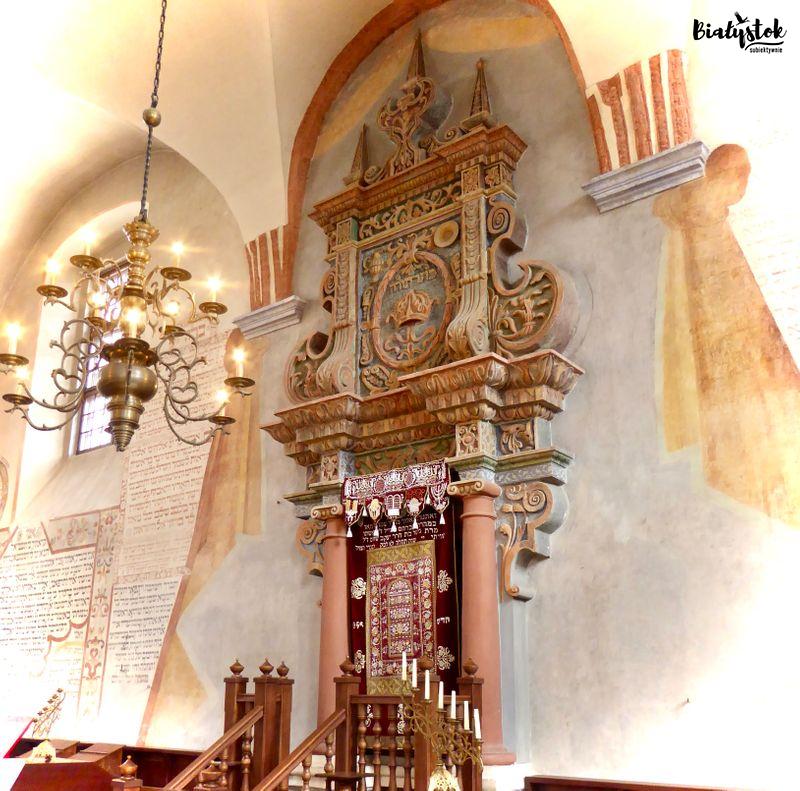
Polychromes – inscriptions on walls
Do not be surprised that the inscriptions on the walls of the synagogue are irregularly arranged and shaped. When a fertilizer warehouse was organized in the synagogue after the war, the rising toxic fumes caused paint layers to fall off. The oldest polychromes were “discovered” and some were irreparably damaged… What are they in fact? These compact texts, transferred to the walls, were meant to make it easier to pray on winter and autumn days when early twilight made it difficult to read books. The whole sheets of Hebrew prayer books were copied onto the walls. The oldest of them date back to the 17th and 18th centuries and are usually in the form of boards with floral decorations and animal motifs.
Collection of Judaica
After the renovation, in the women’s gallery we can see excellent, thematically exhibited Judaica – objects connected with everyday life and religious rituals of Jews. Spend at least enough time on this exhibition to read the information on the display cases. They are unique! Tallits, phylacteries, Torah scrolls, mezuzahs, candlesticks, besamin boxes (special openwork tins for fragrant herbs, spices), Kiddush chalices, Seder plates, Hanukkahs… A separate display case contains memorabilia given by Abraham Kapica – one of the 21 Holocaust survivors of Tykocin. A new feature is a table set for a Shabbat dinner and one of the multimedia tools presents translations of prayers on the walls of the synagogue.

You can talk about the Tykocin synagogue endlessly….
Why did the color of the synagogue change so dramatically? What can you find in the old yeshiva next to the main building? Why are the Jews visiting the yeshiva nervous about what they find there? These and other topics in the second part of the article – after all, the Museum in Tykocin consists of two parts… Welcome!
You will read about the fascinating history of Tykocin on our blog in a super popular article titled Tykocin. 10 historical facts that surprise every tourist
Tykocin Synagogue. Sources:
- Heaven’s Gates, Brick Synagogues in the lands of the former Republic of Poland. Maria and Kazimierz Piechotkow, Warsaw 2017
- 2nd Great Synagogue in Tykocin. Andrzej Lechowski, Ewa Wroczyńska, Maria Pisarska-Kalisty, Białystok 2017
- Synagogues of the Białystok region. Jews in Eastern Europe until 1939. Tomasz Wiśniewski, Białystok 1992.

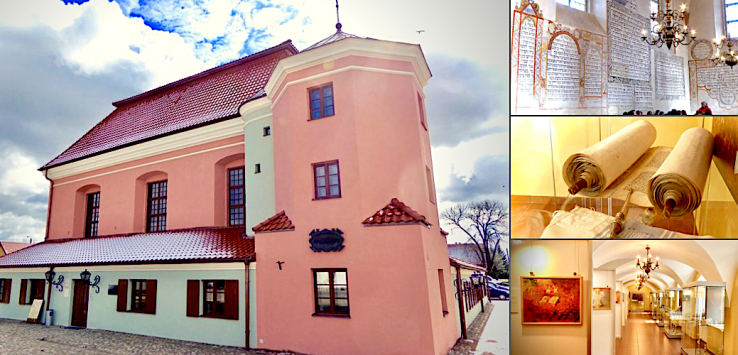
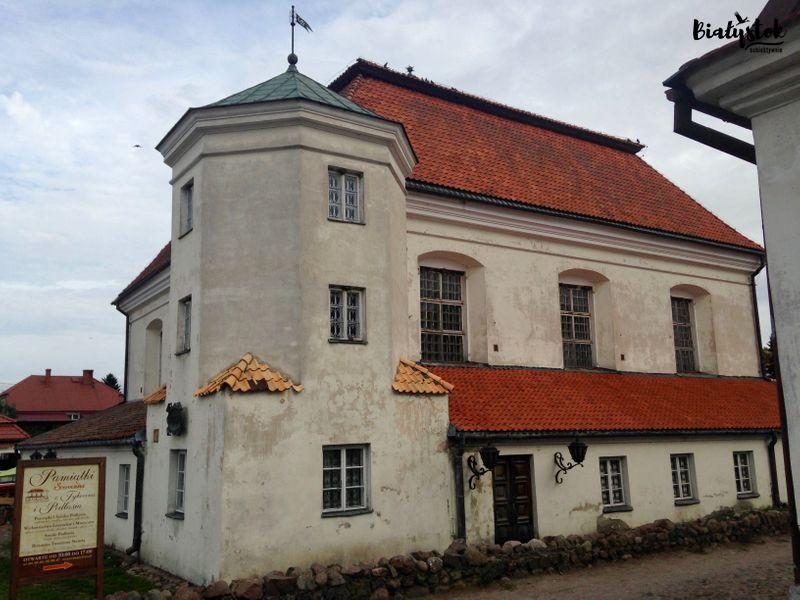
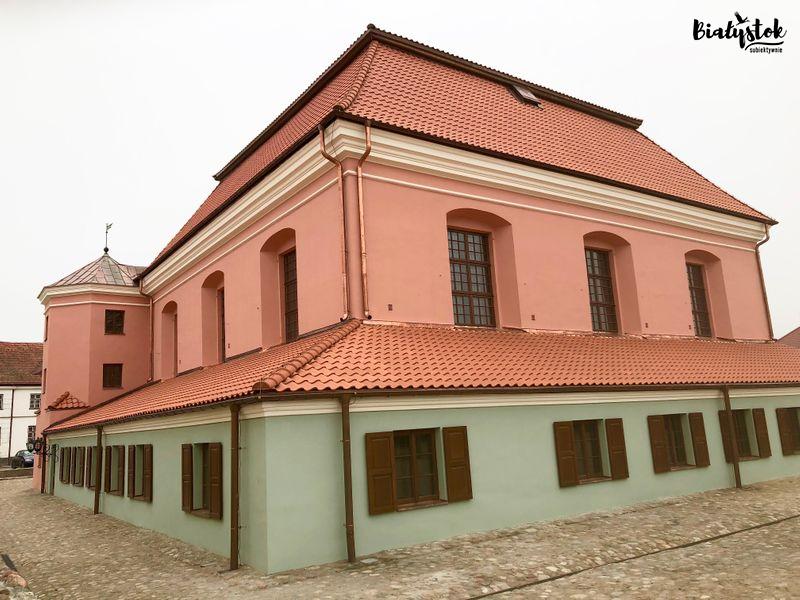

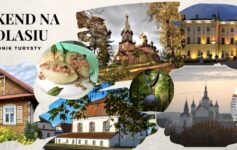
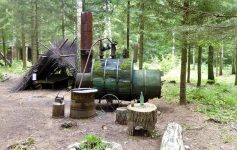



Leave a Reply